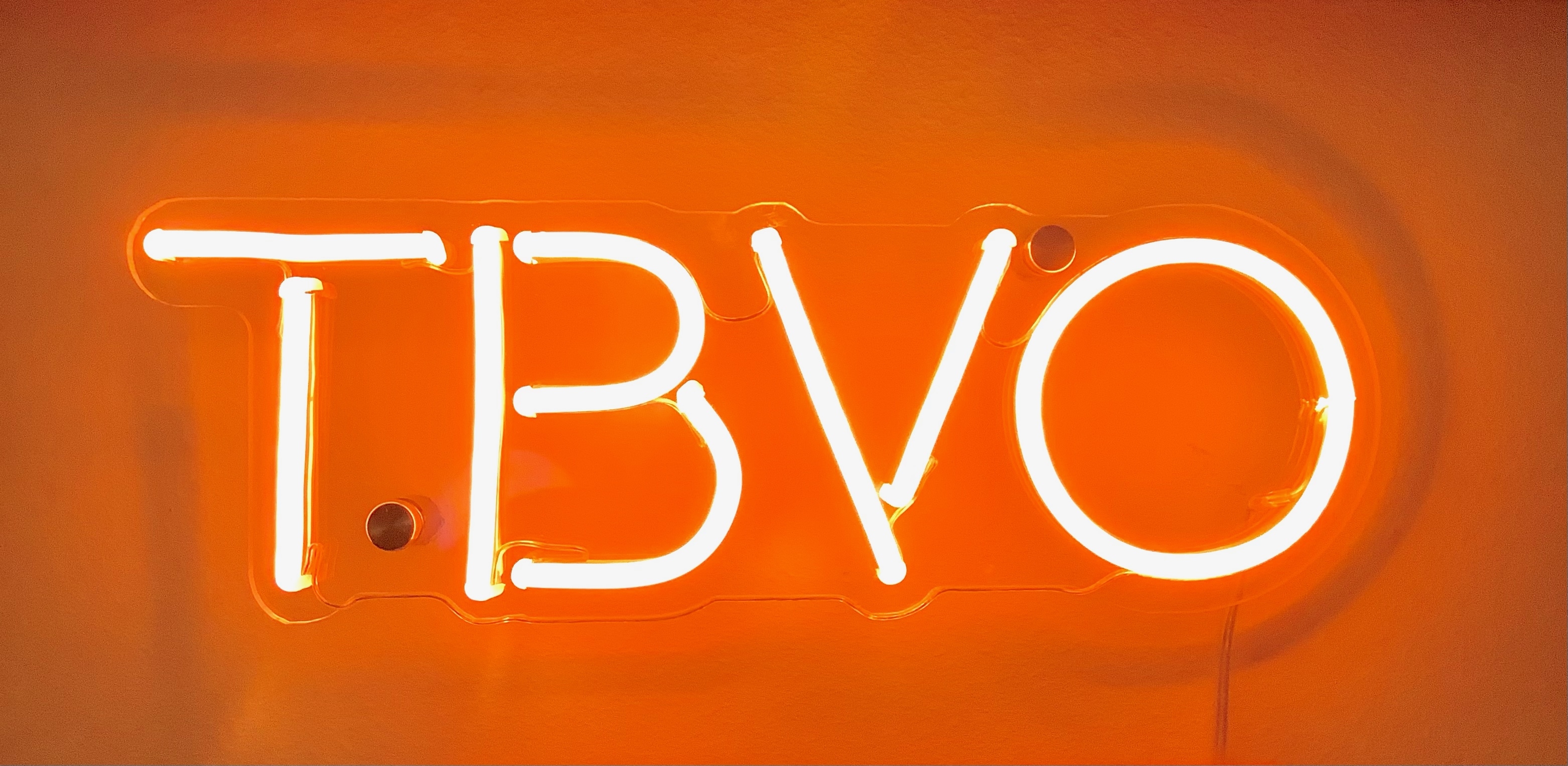An Audiophile's Best Friend: Etymotic ER120-HHT
In my pre-audiophile days, I did silly things. I went to concerts and played in my (pretty not good) high school band without ear plugs. Fortunately, these stupid decisions haven't cost me too much in the hearing department, though it's impossible to say how much better my hearing would be without those errors.
When I began my audiophile journey in earnest eight or so years ago, I started to think seriously about my hearing. That meant making sure to get quality hearing protection that attenuates sound evenly across the frequency spectrum so that I could enjoy concerts safely. It also meant checking my hearing health.
Initially, I tried various hearing test iOS apps and websites. Undoubtedly, resources like AudioCheck are great at helping you determine the highest frequency you can hear. (Warning: If you're over 30 -- or if you're younger than that but have been cranking those AirPods up -- don't expect to hear much beyond 15 kHz.)
However, the main flaw in every hearing test app or site is that it isn't calibrated to the correct volume. Most suggest some hack to attempt to correct for this. AudioCheck, for example, instructs users to do the following:
First, we need you to adjust your computer's level to match a known reference. Here is the trick: rub your hands together, in front of your nose, quickly and firmly, and try producing the same sound as our calibration file. You are now generating a reference sound that is approximately 65 dBSPL. As you play back our calibration file, adjust your computer's volume to match the sound level you just heard from you hands. Proceed back and forth - preferably with your eyes closed, to increase concentration - until both levels match. Then, do not touch your computer's volume knob anymore. Calibration is done: your computer's volume knob has been set to match 65 dBSPL. This procedure should give us a confidence of approximately 10 dBHL in the next hearing test.
While this method is better than winging it, I hardly want the accuracy of my hearing test to depend on whether I've been properly moisturizing my hands.
Frustrated with online tests I'd found, I scheduled a professional test with an audiologist. This alleviated my concerns about my hearing, but I didn't want to have to pay for an audiologist visit every time I wanted to check my hearing, given that everything from medications and supplements to sinus infections to aging can impact our hearing.
Then I happened upon the Etymotic ER120-HHT at-home hearing test. The ER120-HHT comes with a thumb drive containing the testing software, a calibrated USB DAC/amp, a pair of Etymotic earbuds, various foam and silicone tips, and a carrying case.
After installing the software, the main screen provides instructions as well as the test itself:
When you begin the test, the software warns you not to adjust your volume:
The actual test consists of a series of tones. Like a professional test, you simply indicate whether you do or don't hear the tone:
One unique and positive feature of the ER120-HHT test is that it's at least somewhat random, unlike various apps and online tests. This is helpful because if a test is predictable, you can't really be sure if you're hearing something or just expecting to hear something.
After the test is complete, you're presented with a results sheet:

The results can vary somewhat from test to test, of course, based on a variety of factors, including the level of background noise in your room and your concentration. The right ear 2 kHz dip above, for example, is an outlier. In line with my general IEM rule of thumb, I've also found that using the foam tips tends to lower my 500 Hz score, while the silicone tips tend to lower my 8 kHz score. That said, when I first used the ER120-HHT, I thrilled to find that its results were almost identical to my professional results.
The only downsides to the ER120-HHT are that it's Windows-only and the earbuds are uncomfortable. (Etymotic makes great sounding products, but comfort isn't something I associate with them.) It would also be great if the test went up into higher frequencies, though I'm not surprised that it doesn't, since that's not what professional hearing tests care about.
Unfortunately, it also looks as though the ER120-HHT is out of stock on most sites. I sincerely hope that Etymotic hasn't discontinued it. If so, we need a grassroots campaign to get this invaluable tool back in production.













0 Comments
Recommended Comments
There are no comments to display.